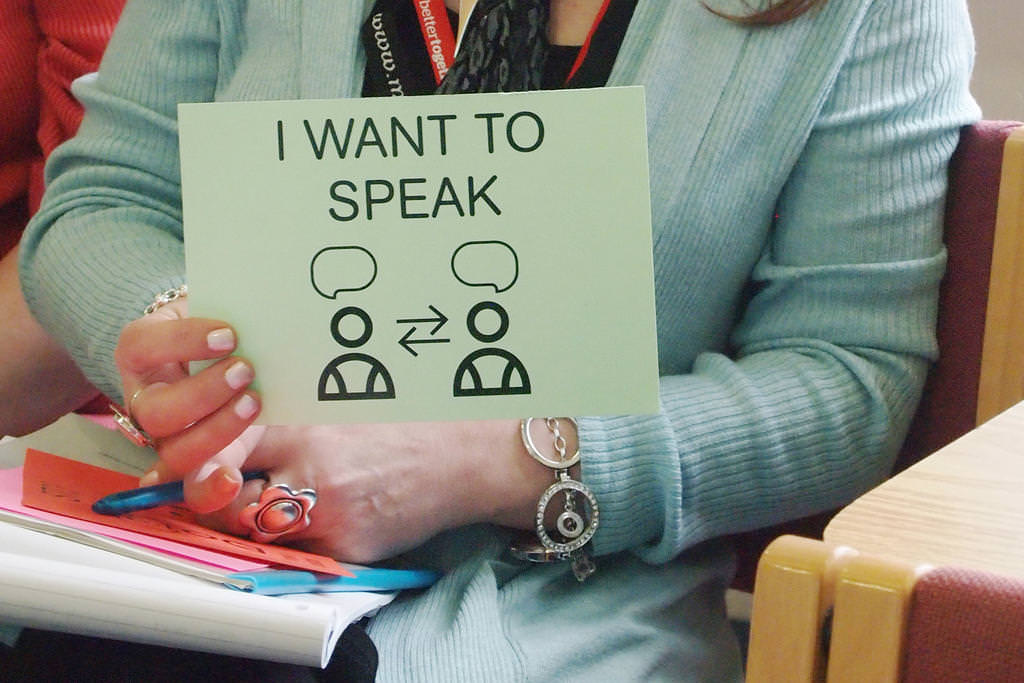
Pilotlight is a project about co-designing pathways to self-directed support for groups of people who have so far been less engaged with the self-directed support agenda.
Co-design can be defined as, “the process of designing with people that will use or deliver a product or service.” (UK Design Council). Co-design may be seen as the first step in co-production, “which means delivering public services in an equal and reciprocal relationship between professionals, people using services, their families and their neighbours. Where activities are co-produced in this way, both services and neighbourhoods become far more effective agents of change.” (NESTA)
We have been working in co-design teams in Moray and the Scottish Borders throughout the two Pilotlight pathways since January 2013. In this blog post we want to talk about the way we work and some of the benefits of working in this way.
As a key principle of service design (the design approach being used throughout Pilotlight) we are using co-design to help us to:
- Deeply understand the barriers to accessing self-directed support for people with mental health problems in Moray and for people who require support with decision making in the Scottish Borders.
- Design solutions to these barriers to increase the capacity of support providers and people using the services to deliver self-directed support.
The Pilotlight co-design teams include people who use and deliver services. In Moray, the co-design team has helped us to conduct action research within their local community and practitioner groups and identify key barriers to people with mental health problems accessing self-directed support. We are now beginning to develop solutions with the group. Some of the creative tools we have used include:
- Asking co-design team members to find and present examples of effective information design (in any media) to the group, from which the team identified the components of good information design.
- Considering a general leaflet about self-directed support to identify how it could be enhanced to address the specific information needs of people with mental health problems.
- Asking each co-design team member to develop a ‘persona’ or character profile of someone who has lived experience of mental health problems or of a mental health practitioner and then developing these characters together for use in designing solutions.
- Building scenarios to identify where and how information about self-directed support should be provided.
- Engaging in role plays to identify how the generic SDS assessment process needs to be tailored for people with mental health problems.
Key to the success of co-design in Pilotlight is working from the basis that experiences of service users are of equal value to the knowledge and experience of professionals who deliver services.
On this basis, we spent time at the beginning of the project developing values and principles to guide us all in undertaking our Pilotlight work. These have been informed by the principles set out in the Scottish Government’s self-directed support strategy, which are based on a human rights approach.
Through using creative tools and designing our workshops to be as engaging and innovative as possible, we also hope to build co-design facilitation skills within the local authorities and provider organisations who we are working with.
The ideas of Professor Edgar Cahn are an inspiration to us. We think this video explains why co-production is worth doing. Enjoy!
